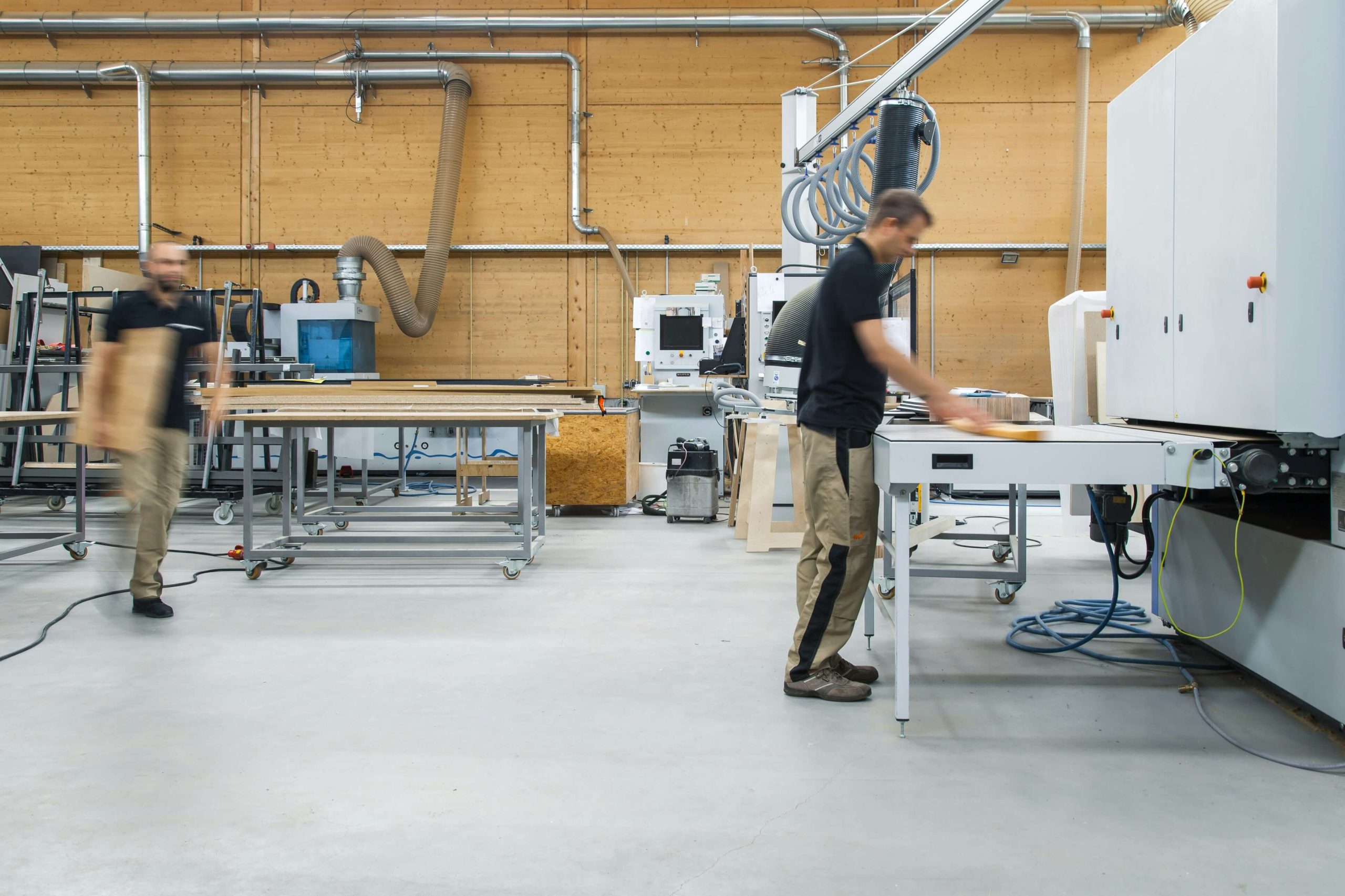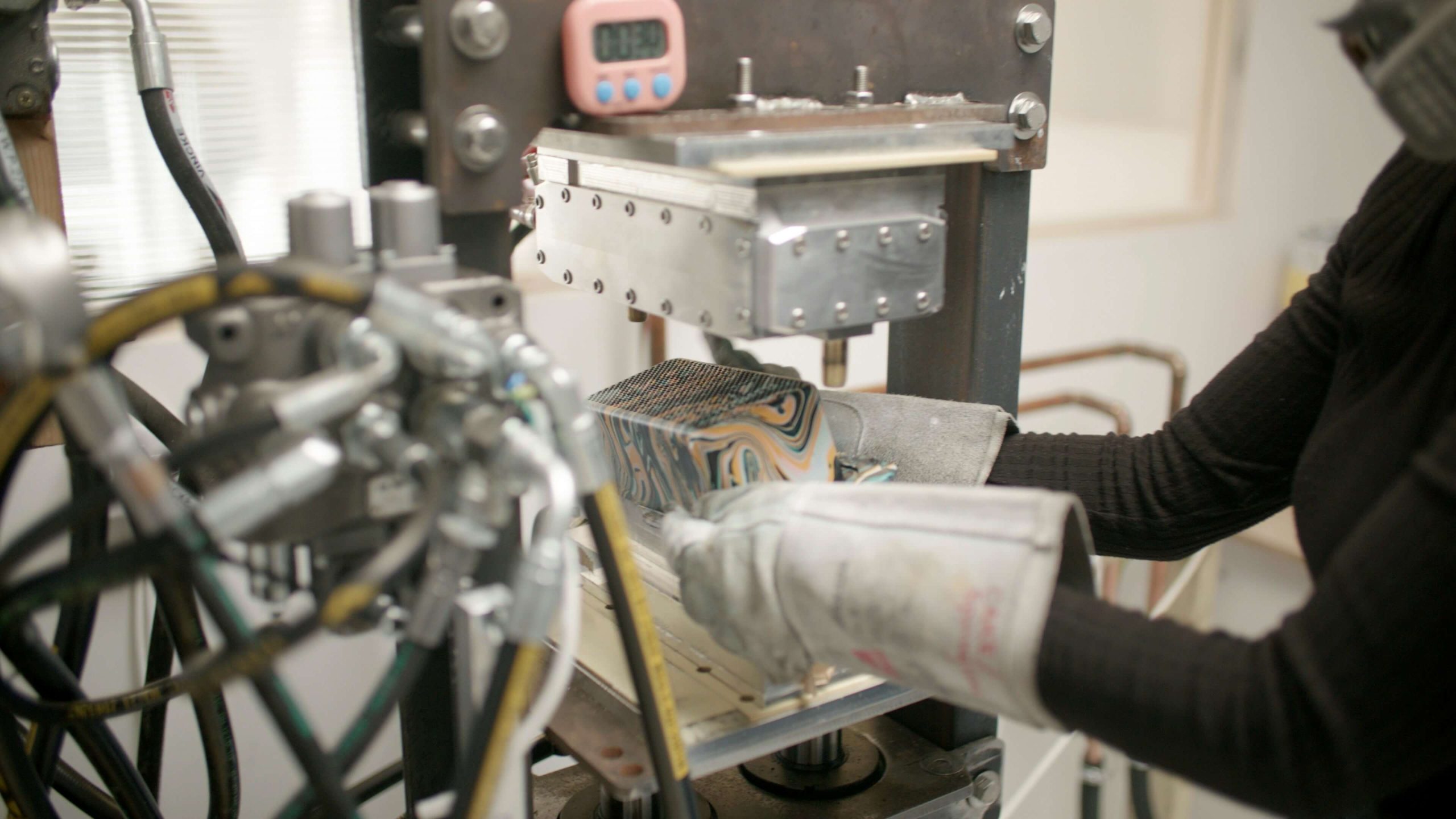
In the field of manufacturing and branding, abbreviations such as OEM, ODM, and OBM usually appear in discussions. The acronyms feel pretty similar, but have different approaches when it comes to the development of product, production, and branding. For any business to navigate supply chains, brand strategies, and partnerships effectively, understanding these terms is essential.
Want to learn about three of them? This blog will reveal the differences between OEM, ODM, and OBM, with their pros and cons, and best usages. Then, it will become easier for you to ace brand strategies and partnerships.
What Do OEM, ODM, and OBM Stand For?
Since you are new to these terms, we will tell you what each of them stands for:
- Original Equipment Manufacturer: OEM is a company that produces components or products based on another company’s design and specifications.
- Original Design Manufacturer: ODM designs and manufactures products, which another company rebrands and sells ahead.
- Original Brand Manufacturer: OBM is a company that designs, manufactures, and sells products under its own name.
You might think that they are different stages of the same procedure. However, the business structure, controlling level, and responsibilities vary a lot.

OEM: Custom Manufacturing Without Branding
An OEM does custom manufacturing without branding. The company builds products in such a way that they match the specifications of another business. The person on the buying end controls the design, features, and branding part, while concentrating purely on production.
Example
A smartphone company comes up with a new phone model design, but outsources the assembly of the device and manufacturing of the parts to an OEM. The final product still carries the original company’s logo and identity.
Advantages
- You get a high level of control over design and branding.
- There is flexibility to source from multiple OEMs.
- Potential to safeguard intellectual property.
Disadvantages
- The downside is the higher development costs, which come with the responsibility of investing in research and design.
- Custom product specifications result in longer lead times.
Best For
It’s best for businesses with strong R&D capabilities that require unique products while outsourcing the production.
ODM
An ODM looks after both designing and outsourced manufacturing. As a buyer, you can purchase ready-made products or even request a few alterations before proceeding to branding and selling them.
Example
A retailer selling clothes sources pre-designed jackets from an ODM. They add the brand’s label before placing them on the store shelves.
Advantages
- This saves time and money on R&D.
- Experience a quicker product launch thanks to the existing designs.
- There is a Lower entry barrier for small businesses.
Disadvantages
- Lack of personalization options.
- You must consider the risk of competing with other businesses that are also selling the same ODM product.
- No strong control over intellectual property.
Best For
ODM is perfect for retailers, brands, or startups planning to expand their operations quickly without heavy investment in product development.
OBM
Lastly, OBM is a company that takes full ownership of the brand and product. It sells products under its own private label. Unlike the other two, this has complete control over the creation of the product, marketing, inspecting quality, and customer experience.
Example
Applie is a reputable OBM. The company develops its own products, manages production lines through selected partners, and markets them directly to its target audience under the Apple brand.
Advantages
- You enjoy the strongest control over branding and customer perception.
- Profit margins are high because you have the brand’s ownership.
- Capable of building long-term brand loyalty.
Disadvantages
- High R&D, manufacturing, and marketing costs.
- There is more risk if your products fail to capture the market.
- Demands significant experience across multiple areas.
Best For
It’s ideal for established businesses aiming to form strong, independent brands with complete control.

Which Model Should You Choose?
According to Torg, whether OEM or ODM is correct for you totally depends on your business goals, how much money and time you have to spend, and whether you want to be involved in the product design procedure.
OEM: If you prefer unique designs and have strict control over product features.
ODM: If you want fast and cost-efficient procedures, and are fine with fewer customizations as well.
OBM: If your priorities are long-term brand growth and you are ready to handle the potential risks and required investment.
Conclusion
OEM, ODM, and OBM represent distinct business models for marketing your products. OEM provides control and customization. ODM takes the lead with affordability and speed, and OBM brand power and independence. Each of them has pros and cons, so it ultimately depends on your resources and long-term vision to determine which one is most suitable for you. Furthermore, you can also contact us.

